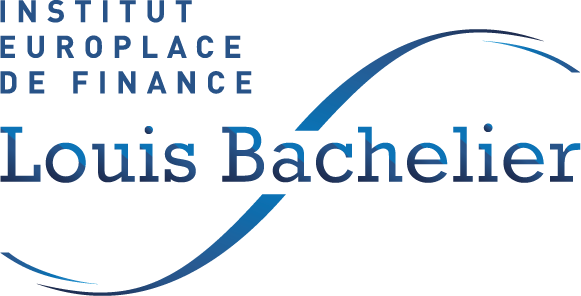Decentralised Finance and Automated Market Makers

Scientific project
The project aims to :
- Explore the optimal design of Automated Market Makers (AMMs) – in particular the optimisation of the payoff of liquidity providers
- Analyse the consequences of the design of AMMs on the use of liquidity in Decentralised Finance (DeFi), and identify ways to optimise it
Liquidity provision is a major issue for all financial markets. In equity markets, trading platforms rely on various mechanisms but the use of limit order books (LOBs) is dominant in the landscape. In markets such as the corporate bond market or the foreign exchange market, which are typically OTC markets, market makers/dealers provide liquidity via price streaming or by responding to requests (RFQ). In recent years, new liquidity provision mechanisms have emerged within the cryptoasset sphere that operate automatically in the pricing of transactions; this is known as automated market making or AMM. The main idea behind AMM is that liquidity providers (LPs) post pooled reserves on two digital assets and users of the AMM protocol can trade/swap between the two assets (using the pooled reserves) provided that the post-trade reserves satisfy a given equation.
This type of automatic liquidity provision mechanism (notably via “constant function formula”) has been used by platforms such as Uniswap, Sushiswap, Curve, Balancer, etc. for a few years and represents a significant part of trading volumes.
These new exchange mechanisms obviously raise theoretical and practical questions, the study of which requires a major research effort. This research effort, which is extremely recent, has begun to take place. The questions that arise are of several kinds. From the point of view of the designer of an MA, one of the central questions is that of the choice of the various parameters (formula, transaction costs, concentrated liquidity – following the example of Uniswap v3 -, etc.) in order to attract liquidity providers (minimising the phenomena of impermanent losses) who come to post reserves, while at the same time attracting users who want to carry out transactions. On this subject, a literature has emerged.
This emerging and abundant literature is obviously uneven in scientific terms but constitutes an interesting starting point for the work of a team of mathematicians and financiers within the Research Initiative. The emergence in France of the Swaap company, which is funding this Research Initiative, guarantees the existence of a stimulating environment with cutting-edge expertise.
Two topics have so far been identified. In line with the work mentioned above on LP revenues, initial work will focus on the joint optimisation of LP payoff and liquidity via the choice of parameters. The price discovery rule may contain external price indicators and the question of oracles will arise. As in any decentralised protocol, it is always possible to sacrifice some decentralisation by using oracles, for example, which generally leads to higher efficiency. Price determination can also be dynamic rather than static. The mechanism could involve conditions, as is done in Uniswap v3. More generally, it will be a question of exploring the optimal design of MAs. A second topic is that of smart order routing. Indeed, several solutions are generally available to a trader who wishes to make a trade using an MA protocol. There are a large number of MA protocols that operate in different and independent ways. Whether on the trader’s side or the LP’s side, this implies a multitude of problems in optimising returns or price impact. A similar phenomenon can even apply within a single AMM protocol which will offer several solutions to traders (Dual AMM vs multi-asset AMM) as well as to LPs. The optimality of execution and liquidity provision (and the consequences on the design of the protocols themselves) is also an important objective of this Research Initiative.


